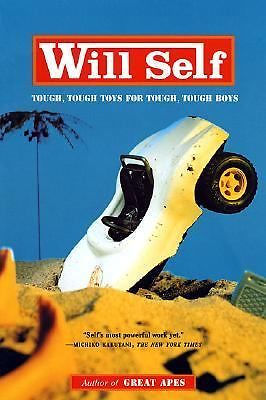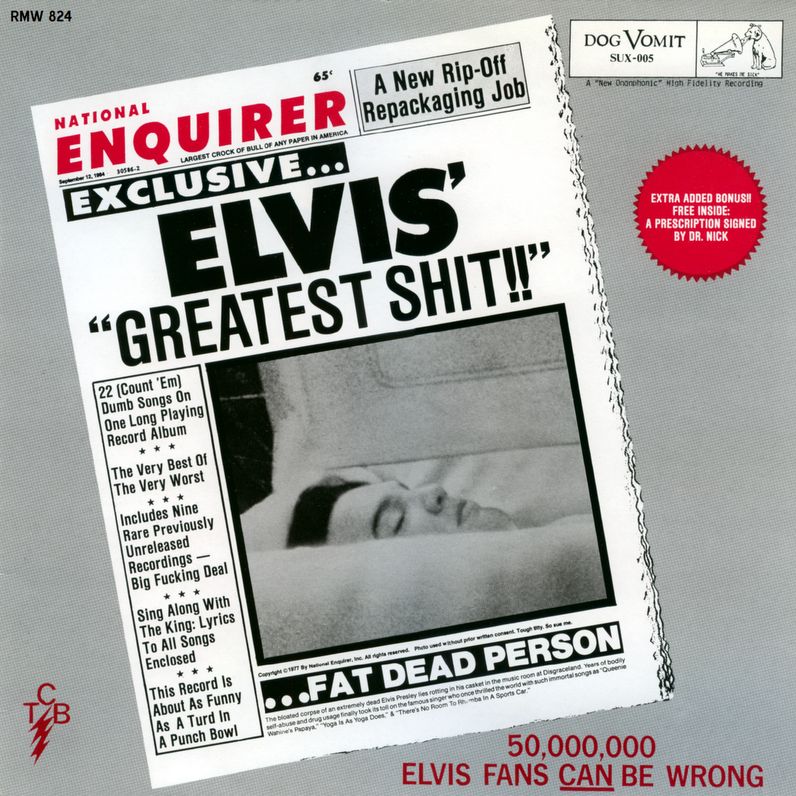 This comic is a series of 4-10 page shorts, re-telling Brothers Grimm and Hans Christian Andersen fairytales with disturbing guro violence. I was surprised to learn which side of the Sea of Japan it comes from. China has never been known for grotesque horror and transgression – their art normally seeks edification and austerity.
This comic is a series of 4-10 page shorts, re-telling Brothers Grimm and Hans Christian Andersen fairytales with disturbing guro violence. I was surprised to learn which side of the Sea of Japan it comes from. China has never been known for grotesque horror and transgression – their art normally seeks edification and austerity.
I haven’t read the full thing and I probably never will, because the group scanlating this thing abandoned it. But I’ve seen enough to know what it’s like, and I highly recommend it to environmentalists on the grounds that 99% of it is recycled. Junji Ito’s one-shot manga get copied a lot. “Christmas Special” features dead bodies hanging from Christmas trees, like in “Army of One”. “Golden Girl” repeats “Glyceride’s” pus-squeezing gross-out. “Doll’s Funeral” abandons any attempt at skirting plagiarism and just redraws “Hell Doll’s Funeral” panel for panel.
Shintaro Kago is another obvious “influence”, particularly his fussy art style and slapstick black comedy. Pretty sure having your body becoming filled with insects is a central idea to one of his comics but I couldn’t give you a name. Dare I say it, but there’s some Suehiro Maruo in this series too, especially the outrageous tearjerker “Waiting”, which takes Bambi-esque emotional manipulation and all but makes it into a science.
DaShu Jiang uses the artistic five finger discount more than she should, but the comic isn’t bad. She seems to have a Ito/Ballard-esque talent for turning a sow’s ear into a silk purse, and making the familiar seem striking and new. Some of the art in the stories is really good, and often the ideas are good enough to match. “Growing Old” features a baby growing to adulthood then dotage…and then beyond. A fine example of how to tell a quirky and interesting story in eight pages.
It’s not straight horror like Ito, and the camp factor is pretty high (“Little Red Riding Hood” features the little girl slashing the wolf’s stomach open to get her grandmother back, and then selling the wolf’s fur coat). The comic is sprinkled with lots of anime cheese, and the result is odd and pleasant – violent kawaii?
It’s hard to go wrong with this sort of thing. The comics are so short and so satisfying that it isn’t hard to read another one, then another, and then you’re fifty pages in. The formula is obvious, but the comics still pack an effective shock – strangely, predictability doesn’t really hurt Collapse. You get to enjoy the buildup to the final panel, even though you often have a fair idea of what’s coming. Someone once said that limericks are not funny because they end with a dirty word but because they cannot end with anything but a dirty word, and the same principle holds true here.
As far as I know this series is still going on. It’s odd, and doesn’t fit really well into a category, but it’s worth checking out if you like Ito and so forth. Or you can check out the half that’s been translated, at least. The world may be collapsing but one thing will never change: scanlation groups will continue to be run by unstable lunatics.
No Comments »
 In 2012 I read Will Self for the first time – a free online story called “The Rock of Crack As Big as the Ritz”. This “free” story ended up costing me $10.95AUD, as I had to get the full collection immediately to find out how it ended.
In 2012 I read Will Self for the first time – a free online story called “The Rock of Crack As Big as the Ritz”. This “free” story ended up costing me $10.95AUD, as I had to get the full collection immediately to find out how it ended.
It was a taut, exciting story about a black ex-serviceman who is trying to stay straight and instead spirals into a life of crime like a spider down a plughole. It was impossible and surreal but gritty and naturalistic. It broke all sorts of rules about showing-and-not-telling, but that only helped accelerate the story’s pace. The main character, Danny, is unlikeable, and yet I like him – no contradiction there. “Rock of Crack” is an a pulse-pounding page-turner, a non-stop thrill-ride, an [insert gratuitously hyphenated compound words here], and its sequel in this collection, “The Nonce Prize”, is nearly as good.
The other stories are more diverting than fascinating, although I liked “Flytopia”, which is about a man who can communicate with insects in his house. Very much like a Paul Jennings story for grown-ups, with the surreal, pillowy quality of a dream five minutes before the alarm rings. The others are one-idea jokes – entertaining, but they don’t stay with you. “A Story for Europe” brings back the 80s fad of body-swap stories, but in a realistic and semi-serious way. “Design Faults in the Volvo 760 Turbo” is an amusing take on car fetishism.
Some of the stories don’t work – “Dave Too” is dull and obscurantist, for example. Will Self is a talented writer but I think he makes the common mistake of thinking that uninteresting stories will magically become interesting because he’s the one writing them. Not so. It’s the jokes that get the laughs, not the comedian.
“The Nonce Prize” brings back Danny and friends – sort of. The central conceit of “Rock of Crack” is missing (Self offhandedly writes it out of the story in a few sentences), and the characters’ personalities seem to have changed. But it does give Danny a shot at redemption, as he is framed for a brutal crime by a Yardie drug lord and railroaded to prison.
Away from drugs, and trying to avoid the usual fate of paedophiles behind bars, Danny takes a creative writing class and discovers that he has talent at something other than cutting crack. When he learns of a intraprison writing contest, he decides to enter. People looking for an uplifting Hollywood ending should keep looking, but the ending has a ray of hope for Danny, and is even inspirational after a fashion. A man stuck in mud has often won just by not allowing himself to be pulled down any further.
Toys/Boys should be viewed as either a good but inconsistent collection, or a very good two-part novella with some bonus stories. “Rock of Crack” and “The Nonce Prize” are both excellent (especially the former), but the others don’t measure up. Lightning might strike twice, but striking three times is a bit much to ask where Will Self is concerned.
No Comments »
 It’s not as notorious as “Having Fun with Elvis on Stage” but it’s probably the most famous Elvis bootleg to actually contain music. Released on the “Dog Vomit Sux” label (a subsidiary of “Dead Obese Guy Enterprises”), Elvis’s Greatest Shit kifes shitty b-sides and soundtrack songs and presents them in a lovingly disrespectful package. The goal, apparently, was to remind people that Elvis was human.
It’s not as notorious as “Having Fun with Elvis on Stage” but it’s probably the most famous Elvis bootleg to actually contain music. Released on the “Dog Vomit Sux” label (a subsidiary of “Dead Obese Guy Enterprises”), Elvis’s Greatest Shit kifes shitty b-sides and soundtrack songs and presents them in a lovingly disrespectful package. The goal, apparently, was to remind people that Elvis was human.
Honestly, it compares favourably to Roy Orbison’s efforts at making disco, or Brian Wilson’s rapping, or the more ghoulish Beatles songs such as “Maxwell’s Silver Hammer.” Greatest Shit isn’t as musically intolerable as you might think or hope. The main reason? It has Elvis singing on it.
As a performer, he’s too good, and he keeps making these bad songs sound better than they have a right to be. “Old McDonald Had A Farm” made me laugh at the start, but then Elvis’s timeless baritone got me under its spell. The songwriting is consistently dreadful, but that doesn’t mean the songs are also consistently dreadful. The end result is often like a skilled poker player winning the river on a bad hand.
Elvis came from the period when albums existed to promote singles. Stab down a turntable needle at random on nearly any late 50s to early 60s LP and you’ll likely hear impaled bad music bleeding and writhing through your speakers. Elvis was no exception – even his some of his supposed classics sound boring and uninspired to me. I don’t believe “Now or Never” have been a hit without the push of the Elvis name behind it.
A lot of these songs come from soundtracks – specifically, films from his flower-necklace-and-hawaiian-guitar days, and obviously they sound odd with no context. And a lot of them are gag songs, with comical lyrics – “(There’s) No Room to Rhumba in a Sports Car” takes a courageous stand against dancing inside moving vehicles, and “US Male” (often considered the album’s classic) is full of funny chauvinism.
The packaging’s a hoot, too. The back cover contains images of nonexistent Elvis LPs “Dead on Stage in Las Vegas, Aug 20th 1977” and a vocal duet with Richard Nixon. The front cover contains the iconic picture of Elvis lying in his coffin – ultimate proof that Elvis was human.
No Comments »
 This comic is a series of 4-10 page shorts, re-telling Brothers Grimm and Hans Christian Andersen fairytales with disturbing guro violence. I was surprised to learn which side of the Sea of Japan it comes from. China has never been known for grotesque horror and transgression – their art normally seeks edification and austerity.
This comic is a series of 4-10 page shorts, re-telling Brothers Grimm and Hans Christian Andersen fairytales with disturbing guro violence. I was surprised to learn which side of the Sea of Japan it comes from. China has never been known for grotesque horror and transgression – their art normally seeks edification and austerity.

